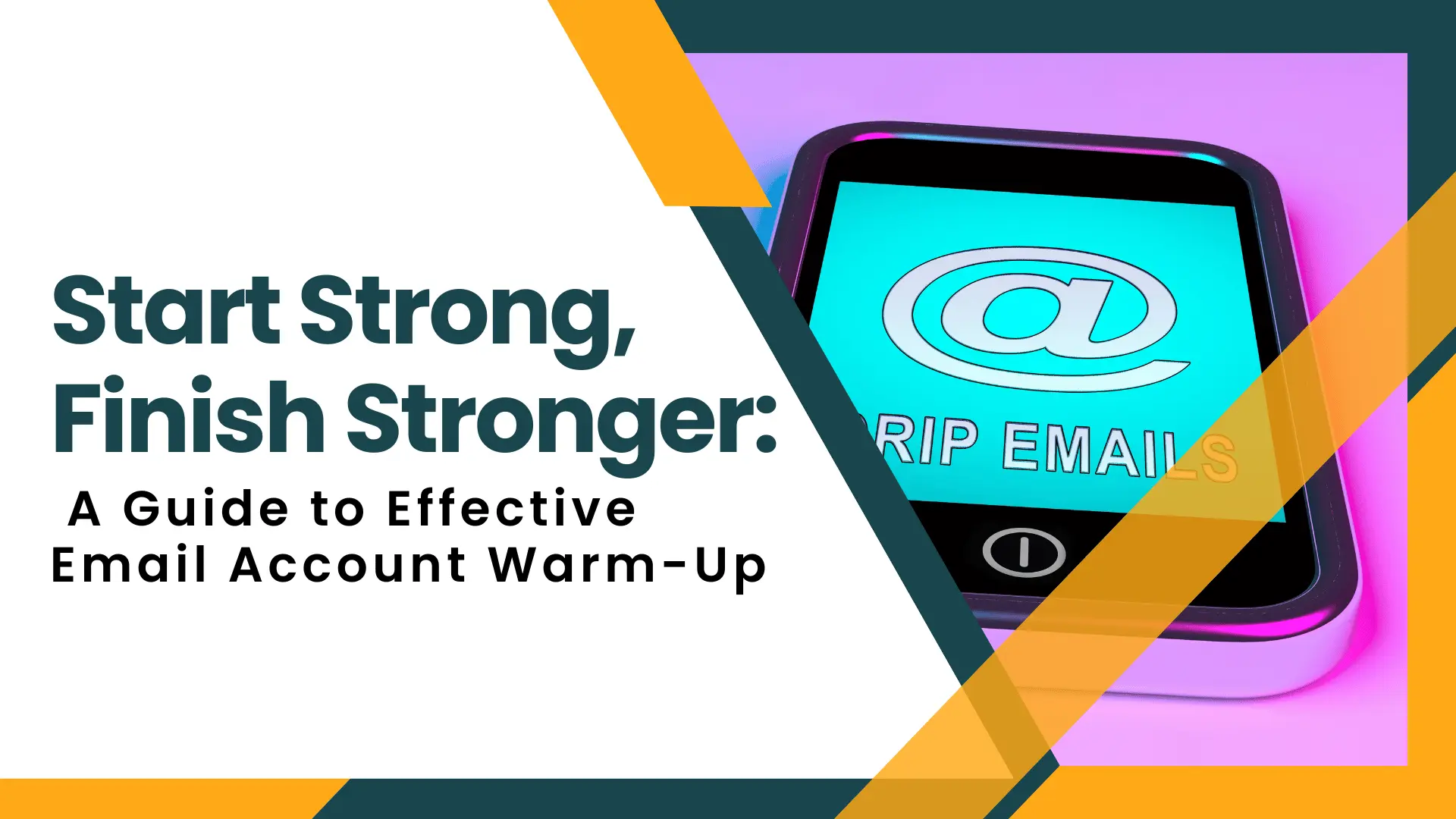Mastering Email Warm-Up: Essential Steps for Success
 Published by Bulk Mail Verifier
Published by Bulk Mail Verifier
Introduction
In the ever-evolving landscape of email marketing, ensuring your messages reach the inbox is more challenging than ever. According to a report from SuperOffice, more than 20% of emails fail to reach their intended destination. This is often due to new email accounts being blocked when they start sending cold emails without proper preparation. In this guide, we'll explore how to effectively warm up your email account to enhance deliverability and avoid spam filters.
Why Email Warm-Up is Crucial
Warm-up is a crucial process for building your email account's reputation and ensuring higher delivery rates. Without it, your carefully crafted emails might end up in the spam folder, unseen by your audience. Before launching a cold email campaign, it's essential to properly prepare your new email account.
Understanding Email Warm-Up
Email warm-up involves gradually increasing the number of emails sent from a new account to build its reputation. Starting small and slowly increasing your email volume helps avoid triggering spam filters. This process can take 8-12 weeks, depending on engagement levels. Tools like Saleshandy can automate this process, but manual steps are also effective.
Steps to Warm Up Your Email Account
1. Verify Your Account
- SPF, DKIM, and DMARC Authentication: Ensure your account is authenticated to protect against spam filters and phishing.
- Custom Domain: Use a custom domain to enhance the authenticity of your emails.
2. Send Personal Emails
Begin by sending 10-20 personalized emails to friends and colleagues. Engage with various email services like Yahoo, Outlook, and Zoho to build a solid reputation.
3. Maintain the Topic of Conversation
Engage in regular email conversations to demonstrate genuine activity. This helps in increasing your email-sending limits over time.
4. Sign Up for Newsletters
Subscribe to 10-15 newsletters to increase email traffic and authenticate your account.
5. Maintain Intervals Between Emails
Avoid sending too many emails at once. Keep intervals between emails to prevent triggering spam filters.
6. Set Up a Personalized Test Campaign
After the warm-up period, start with a small campaign. Personalize your emails and avoid spammy content to maintain a good sender reputation.
7. Bonus Best Practices
- Write like a real person.
- Use limited links and media files.
- Include an unsubscribe link to maintain high deliverability.
Conclusion
Warming up your email account is a vital step in ensuring your marketing efforts are effective. By following these steps, you can improve your sender reputation and email deliverability. For enhanced results, consider using email verification services like BulkMailVerifier.com to maintain the quality of your email lists. Start your warm-up process today and see the difference in your email marketing campaigns.